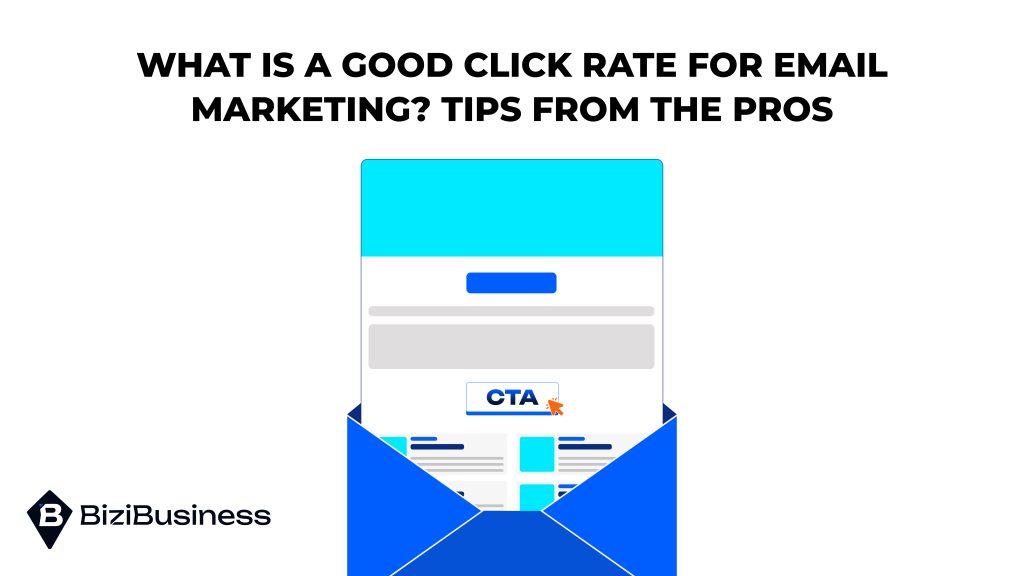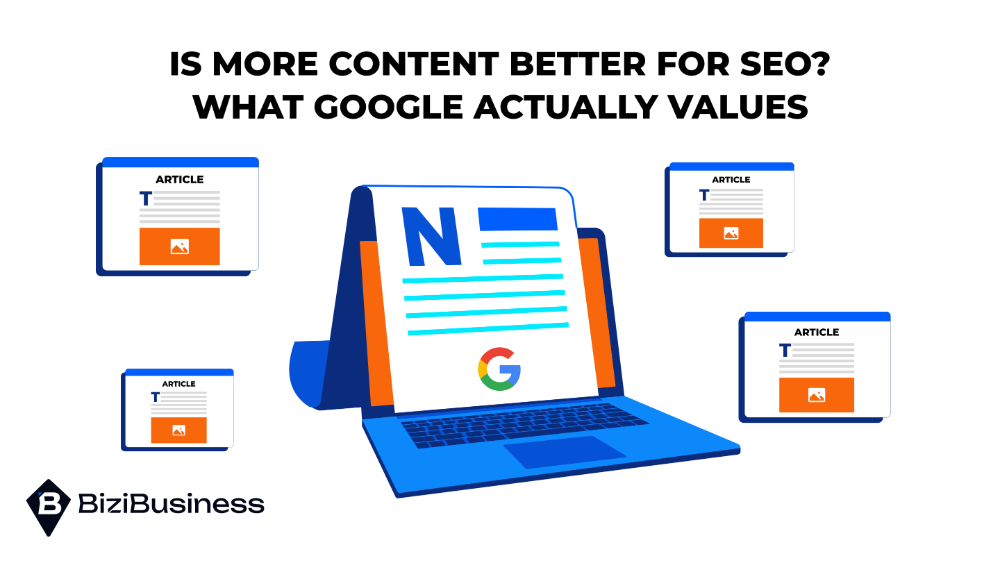Contents
Learn what is a good click rate for email marketing with tips from pros, benchmark data, and strategies to boost your email engagement rates.
What is a good click rate for email marketing? It’s a question every marketer asks when measuring campaign performance. Click-through rate (CTR) represents the percentage of email recipients who click on one or more links in your email, making it a crucial indicator of engagement and message relevance. A strong CTR means your audience is not only opening your emails but also taking action. In this article, we’ll break down what qualifies as a “good” click rate, why it matters, and share expert-backed tips to help you improve CTR and drive better results from your email marketing strategy.
Understanding Email Click Rates
What Is a Click-Through Rate (CTR)?
Click-through rate (CTR) in email marketing is the percentage of recipients who clicked on one or more links within a delivered email. It’s calculated using the formula:
(Total Clicks ÷ Total Delivered Emails) × 100.
It’s important to distinguish CTR from Click-to-Open Rate (CTOR), which measures the percentage of recipients who clicked a link after opening the email. While CTR evaluates overall effectiveness, CTOR focuses specifically on content performance once the email is opened.
Why CTR Matters
CTR is a key metric that reflects audience engagement and how compelling your content and calls to action (CTAs) are. A strong CTR suggests your messaging resonates and motivates action. It also plays a vital role in assessing return on investment (ROI) and helps marketers make informed decisions on content strategy, timing, and segmentation for future campaigns.
Industry Benchmarks for Email Click Rates
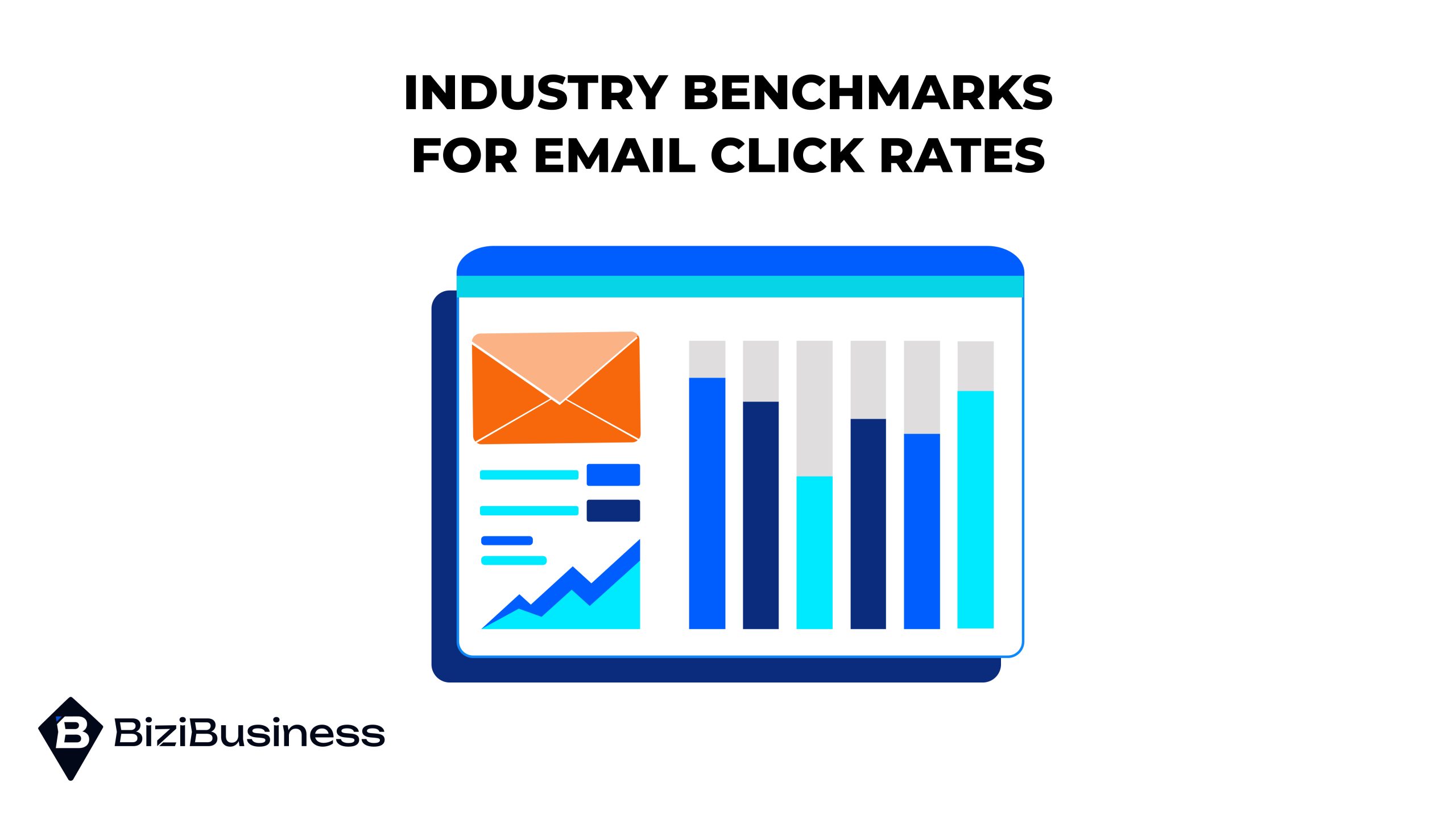
Average CTR Across Industries
Understanding what is the average click rate for email marketing helps set realistic performance goals. On average, CTR across all industries is approximately 2.00%, according to recent studies. While this serves as a general benchmark, it varies by industry and audience type.
CTR by Industry
Here are some examples of average CTRs broken down by sector:
- B2B Services: 4.3%
- SaaS/Tech: 4.1%
- Education: 4.0%
- E-Commerce: 2.8%
These figures highlight that what is a good click rate for email marketing depends largely on your niche, audience expectations, and content strategy.
Factors Influencing CTR Variations
CTR can fluctuate based on several factors:
- Industry Type: Some sectors, like B2B or education, naturally see higher engagement due to more targeted or specialized content.
- Audience Behavior: Subscriber intent, familiarity with your brand, and device usage all influence click behavior.
- Email Content: The clarity of your messaging, design, call-to-action placement, and relevance of links play a key role in driving clicks.
Recognizing these variables helps marketers benchmark accurately and optimize campaigns effectively.
Factors Affecting Email Click Rates

Several elements influence how likely recipients are to engage with your emails. Understanding these factors is key to optimizing your campaigns and boosting your click-through rate (CTR).
Email Content and Design
Well-crafted email content is at the heart of high CTRs. Clear, persuasive copy and prominently placed calls-to-action (CTAs) help guide readers toward clicking. Design matters too—emails must be mobile-optimized and responsive to ensure they display properly across devices. A visually clean layout with intuitive navigation increases the chances of engagement.
Audience Segmentation
Segmenting your audience based on demographics, behaviors, or preferences allows you to deliver more relevant messages. Targeted emails are far more effective than one-size-fits-all campaigns, leading to higher CTRs and stronger audience trust.
Personalization
Emails with personalized subject lines and tailored content show significantly higher engagement. Mentioning the recipient’s name, referencing past behavior, or customizing offers can make your emails feel more relevant, increasing the likelihood of clicks.
Email Frequency and Timing
How often and when you send emails matters. Too many emails can lead to fatigue and unsubscribes; too few may reduce brand visibility. Identifying the optimal sending time, when your audience is most likely to engage, can give your CTR a noticeable boost.
List Quality
Your list’s health matters. Maintaining good list hygiene by removing inactive contacts and ensuring consent can enhance both open rate and CTR. This aligns with benchmarks like what is the standard open rate for email marketing, which hovers around 31.2% on average.
Strategies to Improve Email Click Rates
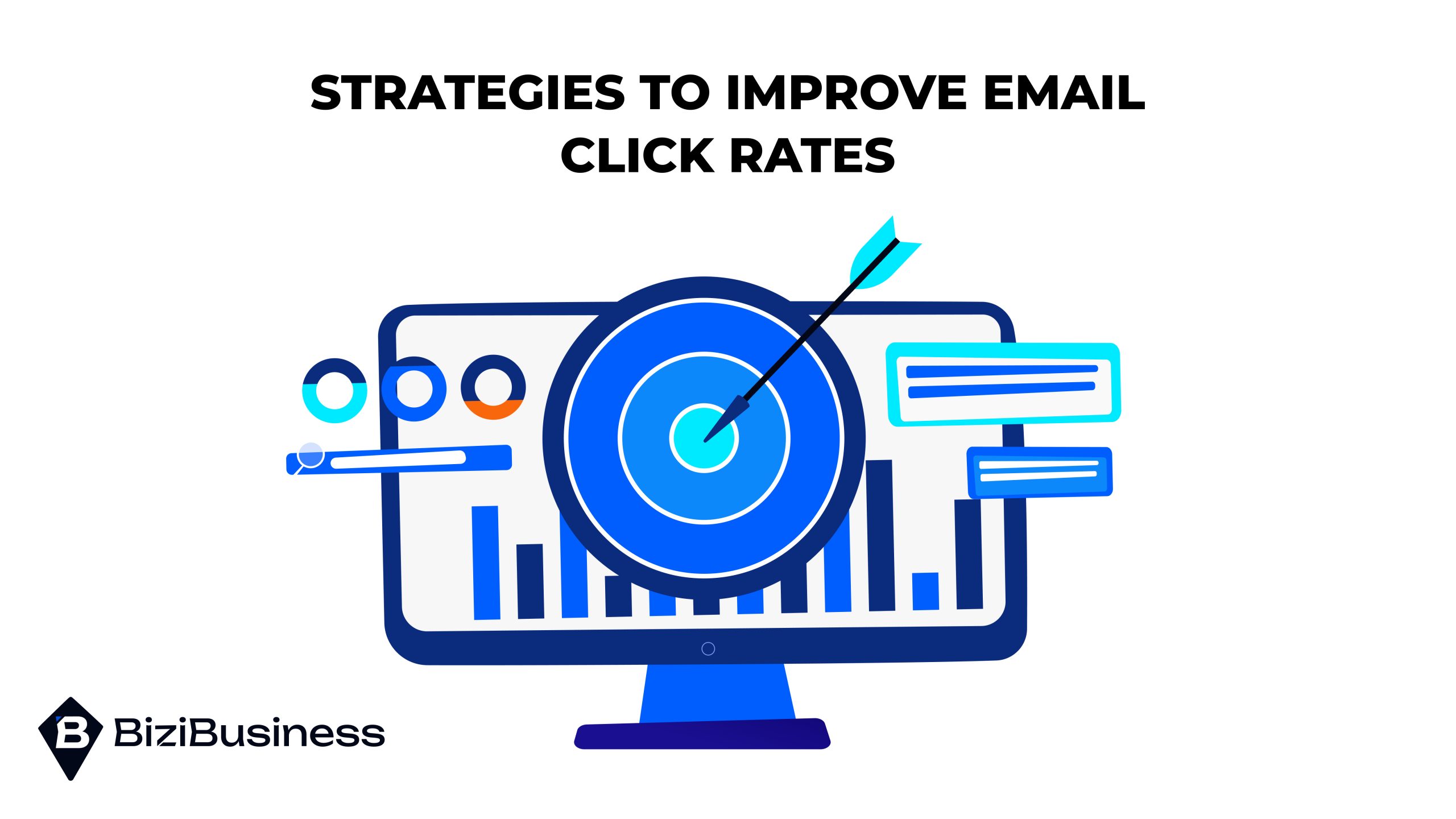
Boosting your email click-through rate (CTR) requires a thoughtful mix of creativity, testing, personalization, and technical optimization. If you’re wondering how to increase click rate in email marketing, these proven strategies will help elevate your engagement metrics and overall campaign performance.
Crafting Effective Subject Lines
The subject line is the first and often only chance to grab attention. To increase opens and eventual clicks:
- Keep it concise (40–60 characters).
- Use action-oriented language or curiosity gaps.
- Personalize when possible.
- Avoid spammy phrases like “Buy now” or excessive punctuation.
If you’re asking what is a good open rate for marketing emails or what’s a good open rate for email marketing, keep in mind the average is around 31.2%, and strong subject lines can help you meet or exceed that benchmark.
Optimizing Email Content
Once opened, your email must deliver value quickly. Best practices include:
- Engaging visuals that complement your message.
- Concise, scannable text with short paragraphs and bullet points.
- A clear and prominent call-to-action (CTA) use buttons and ensure they stand out visually.
- Responsive design for all devices.
Content should guide the reader naturally toward clicking.
A/B Testing
Want to know how to increase open rate in email marketing or what gets more clicks? A/B testing is key. Test variables such as:
- Subject lines
- CTA placement or language
- Layouts and images
- Send times
Consistent testing reveals trends and helps refine your strategy for higher CTR.
Segmenting Your Audience
Segmenting based on demographics, purchase history, or engagement levels allows you to tailor content and offers more precisely. Segmented emails:
- Deliver more relevant messages
- Increase user satisfaction
- Often yield significantly higher click rates
Personalization Techniques
Beyond using the recipient’s name, advanced personalization may include:
- Product recommendations based on browsing or purchase behavior
- Location-specific content or promotions
- Dynamic content blocks that adapt to user profiles
The more relevant the message, the higher the likelihood of a click.
Improving Deliverability
Your email content can’t drive clicks if it doesn’t reach the inbox. Improve deliverability by:
- Authenticating your domain (SPF, DKIM, DMARC)
- Avoiding spammy language or misleading subject lines
- Regularly cleaning your email list
- Monitoring bounce and complaint rates
Deliverability is the foundation of a successful email campaign.
Understanding Open Rates and Their Relationship to CTR
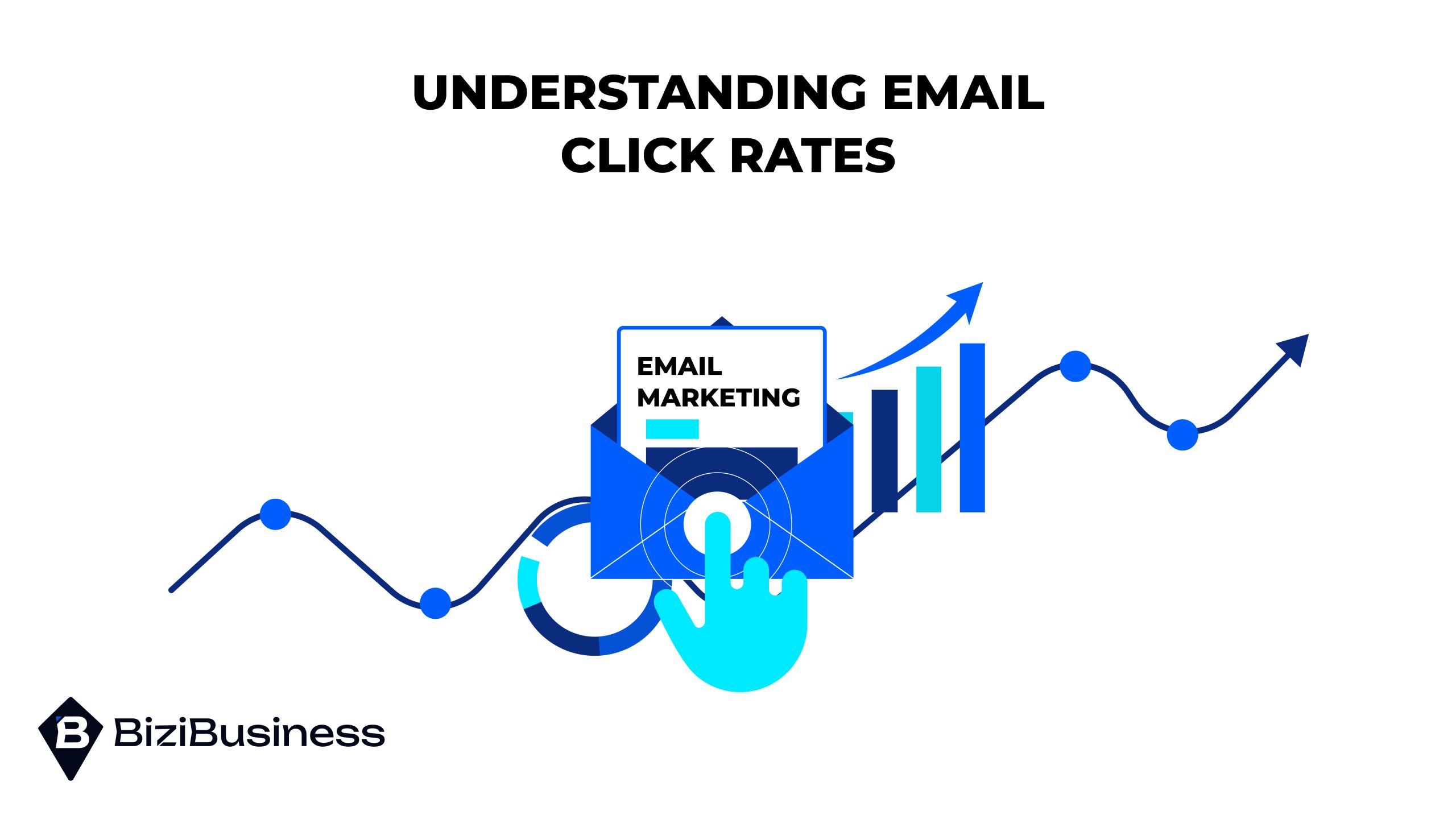
Before you can improve your email click-through rate (CTR), it’s essential to understand how open rates work, because getting recipients to open your email is the first step toward earning that all-important click.
What Is an Open Rate?
The open rate is a key email marketing metric that measures the percentage of recipients who open your email. It’s calculated as:
(Emails Opened ÷ Emails Delivered) × 100.
This metric reflects the effectiveness of your subject line, sender name, and preheader text. If you’re wondering what is a good open rate for marketing emails, this section will help you benchmark performance and improve engagement.
Average Open Rates
So, what is average open rate for email marketing? According to recent industry benchmarks, the average open rate is approximately 31.2%. However, this can vary depending on industry, list size, content quality, and overall list hygiene. If you’ve been asking what’s a good open rate for email marketing, this figure gives you a reliable baseline.
Open Rate vs. CTR
While both metrics indicate engagement, they measure different behaviors:
- Open rate shows how many people were interested enough to open your email.
- Click-through rate (CTR) shows how many engaged further by clicking a link.
An email may have a high open rate but a low CTR if the content doesn’t deliver on the promise of the subject line. On the other hand, a low open rate with a strong CTR suggests the content is valuable to those who do open it.
Improving Open Rates
To increase open rates and by extension, improve the chances of generating clicks—focus on:
- Crafting irresistible subject lines that spark curiosity or urgency.
- Building a strong sender reputation by being consistent and trustworthy.
- Optimizing send times based on audience behavior and time zones.
- Using engaging preheader text to complement the subject line.
If you’re searching for how to increase open rate in email marketing, these tactics are essential starting points. Together, open rates and CTR provide a more complete view of campaign health and help you fine-tune performance.
Conversion Rates and Their Importance
While open rates and CTR measure engagement, conversion rate is the ultimate indicator of success. It reveals how effectively your emails turn interest into action.
Defining Conversion Rate
In email marketing, the conversion rate measures the percentage of recipients who complete a desired action after clicking a link in your email. This action could be making a purchase, filling out a form, registering for a webinar, or downloading a resource.
(Conversions ÷ Total Clicks) × 100
While open rates and CTR track engagement, the conversion rate reflects campaign success in terms of outcomes. For marketers asking what is a good conversion rate for email marketing, this next section provides clarity.
Average Conversion Rates
So, what is a good conversion rate for email marketing? While it varies by industry and offer type, most studies suggest a 1% to 5% average conversion rate across sectors. E-commerce, SaaS, and finance may see even higher conversions with well-optimized, highly targeted campaigns.
Enhancing Conversion Rates
To improve conversion performance, focus on the entire post-click experience:
- Align landing pages with email content: Ensure consistency between the email message and the destination page. The CTA should lead users to a relevant, focused page that reinforces the email’s promise.
- Simplify the conversion process: Minimize friction by reducing the number of form fields, optimizing page speed, and offering guest checkout options if applicable.
- Use persuasive elements: Incorporate social proof, clear value propositions, and urgency cues (e.g., limited-time offers).
- Track and test: Use analytics and A/B testing to measure which changes improve conversion outcomes.
When emails are strategically aligned from subject line to landing page, the path to conversion becomes much smoother and more successful.
Conclusion
So, what is a good click rate for email marketing? A CTR of around 2% is the industry average, but performance varies by sector and audience. Rather than fixating on a single number, focus on what truly drives clicks: relevant content, clear calls-to-action, thoughtful segmentation, and ongoing testing.
Email marketing success is built through continuous optimization. From crafting subject lines to refining landing pages, every piece contributes to engagement and outcomes.
By applying the strategies in this guide, and keeping in mind benchmarks like what is a good open rate for email marketing and what is a good conversion rate for email marketing. You can elevate your campaigns, increase clicks, and ultimately drive more meaningful results.
